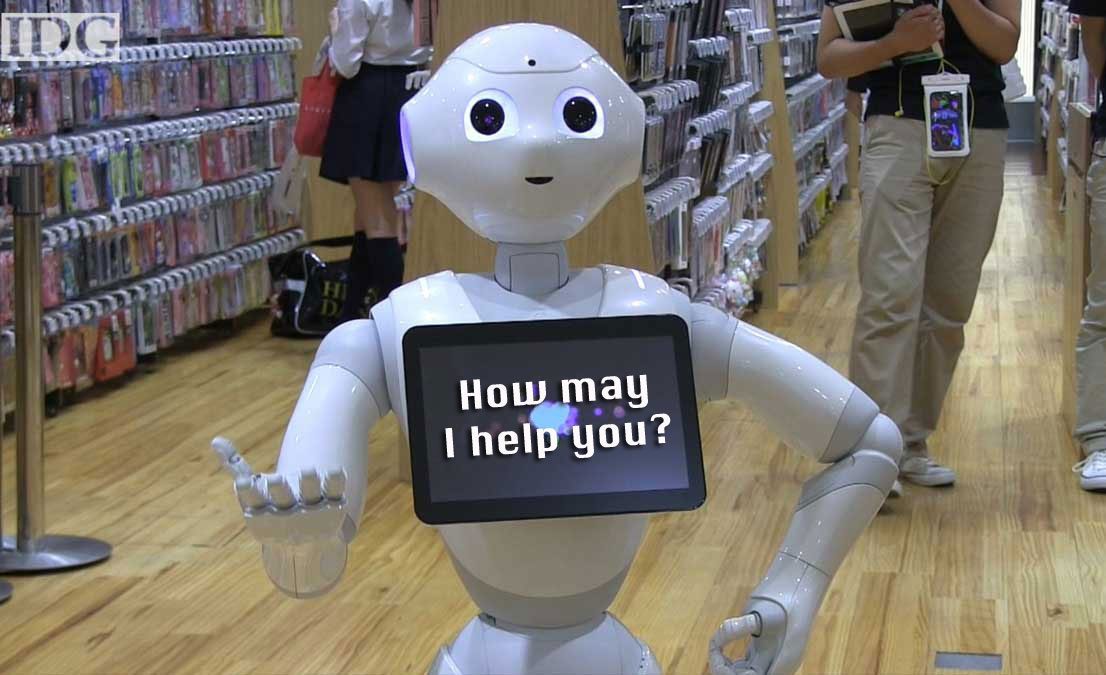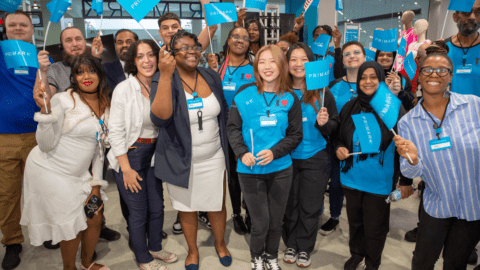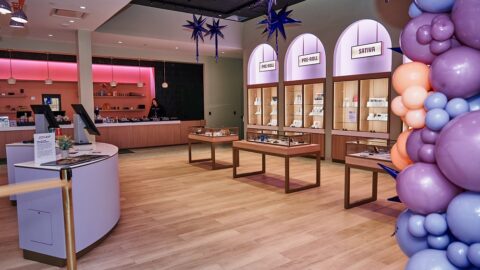As futuristic as the year 2025 sounds, it is now less than eight years away. Will time travel, flying cars and summer vacations to Mars be in the cards? Probably not, but drone delivery, chatbots and an AI-driven retail industry are near certainties. And the people driving these changes, the “digital native” generations, are quite open to disrupting, if not destroying, old retail practices. Sure, McKinsey predicts brick-and-mortar stores will still account for approximately 85% of U.S. retail sales in 2025, but will the shopper journey be the same as it is today? Not a chance.
Two sessions at the 2017 NRF Big Show explored the exciting, and at times worrisome, not-too-distant future of retail. For those who are ready to greet the future’s potential triumphs and challenges, read on. For those who still believe the old school model of retail might be coming back, this is your chance to grab an old catalog and dream of days gone by.
The Upside To Being A Disruptor
Let’s start off with some good news: by 2020, 30% of web browsing won’t require a screen interface, (thanks to AI/natural language recognition-driven personal assistants like Alexa, Cortana and Siri), and cars will be more autonomous.
Advertisement
But just five years after that, by 2025, futurists predict that robots will replace workers; stores may be associate-free; and the British Retail Consortium forecasts that as many as one-third of retail jobs will disappear, spurring a thinning of the middle class due to automation and the increasing minimum wage.
“Automation is coming and retailers must adapt and adopt,” said Kate Ancketill from GDR Creative Intelligence, in the session titled: Retail Opportunity For The Fast Changing World And The Human Mind. “There is a race on to lead in AI and there is a big upside if you’re the disruptor. The winner will rule the world.”
Ancketill gave several game-changing examples of automated disruptors, including:
- Starship’s autonomous delivery robots, which can deliver two shopping bags to customers at four mph within a three-mile radius;
- Cowa’s Robot R1 smart suitcase that follows its owner thanks to a synched-up bracelet at a maximum speed of 4.5 mph; and
- Zume Pizza’s delivery service that utilizes robots to make and bake pizzas in a truck. The mobile pizza parlor houses 56 ovens that schedule the cooking to delivery times. Customers will enjoy pizza that will be fresher and timelier than ever before. Retailers will benefit as they will have less overhead from eliminating redundant pizza makers and delivery drivers, allowing them to put some of that extra money into organic ingredients.
The motivation behind these and other innovations is simple: consumer expectations continue to rise. In fact, shoppers will expect retailers to speak their language, provide ethical transparency, offer individualized products and services that simplify their life and serve them 24/7.
Seeking ‘Centaurs’ As Store Associates
Many of these consumer expectations are already evident. Meeting them will require retailers to hire smart. The future of retail requires companies to hire extremely well-qualified store associates, or what Ancketill referred to as service “centaurs.” These are technologically enhanced employees who use nuanced emotional intelligence to serve shoppers. The keys to having good “centaurs” are technology and training.
While Ancketill jokingly ended her presentation with an offer of psychological counseling for future shocked attendees, her message was as serious and straightforward as can be: “If any aspect of your customer service can be improved by AI, you must adopt it,” Ancketill reiterated. “If you don’t adopt AI, makes sure it’s only if you choose to do so; not because you missed it.”
Digital Natives Will Lead The Way
As unsettling as referring to associates as “centaurs” may be, the sentiment aligns with the insights presented at the session titled: The DNA Of The Digital Native Audience. In fact, Ancketill’s vision of the future was brought further into focus thanks to seismic changes in consumer behavior. Lee Peterson, EVP of Brand, Strategy and Design at the customer experience strategy and design company WD Partner, identified two groups of retail consumers: digital natives and digital immigrants.
A digital native has what Peterson calls the “speed of tech thinking,” whereas the digital immigrant struggles to adapt to tech’s zooming pace. By 2025, digital natives are expected to dominate as customers, and, it may be assumed, retail decision-makers. Peterson emphasized that while some age groups tend to naturally fall more into one category than the other, the divide is not just about generational differences.
The differences between the two groups are fairly stark:
- 51% of digital natives use mobile devices to make purchases, while only 15% of digital immigrants do so;
- 57% of digital natives prefer mobile self-checkout, while 33% of digital immigrants do so;
- 76% of digital natives say they are definitely or somewhat “addicted” to digital devices, compared to 39% of digital immigrants;
- 65% of digital natives are interested in BOPIS drive-through, while only 49% of digital immigrants are willing to try it; and
- 55% of digital natives believe the showroom concept of retail will be the store of the future, versus 28% of digital immigrants.
In the digital native’s world, there will be no patience for brands claiming to embody modernization that don’t have the products or experience to back it up. Stores are already capitalizing on the digital native’s open-to-anything attitude and desire to try new things. Their presence in the market pushes brands to reimagine both stores and service.
“People don’t have to go to stores, they have to want to go to stores,” said Peterson. Young shoppers’ expectations are driven by the on-demand economy of Uber and Airbnb, so “to have crappy employees at the store is a death knell,” Peterson said.
In fact, Peterson noted that Gen Z shoppers assume much of the technology they read about should already be deployed in-store: 43% would use a beacon-enabled mobile checkout, such as the Amazon Go app being piloted now, compared with 19% of digital immigrants.
Peterson listed a number of things that are still in use today that are destined to be totally unfamiliar to people born in 2025, including: cash, checks, banks, taxicabs, traffic lights, maps, car insurance, offices, catalogs and malls.
What this new generation will be accustomed to includes:
- Implantable mobile devices;
- Driverless automobiles;
- Clothing connected to the Internet;
- Cities without traffic lights;
- Augmented reality business meetings; and
- AI-powered predictive analytics given a “seat” on a company’s board of directors (already a reality for a Hong Kong-based VC firm).
How ready will retailers be for the very different shopping world of 2025? The answer depends on their responses today. To be ahead of the game retailers must strategize where the customer will be in less than a decade. This requires immediate planning and goal setting to keep from being left behind.









